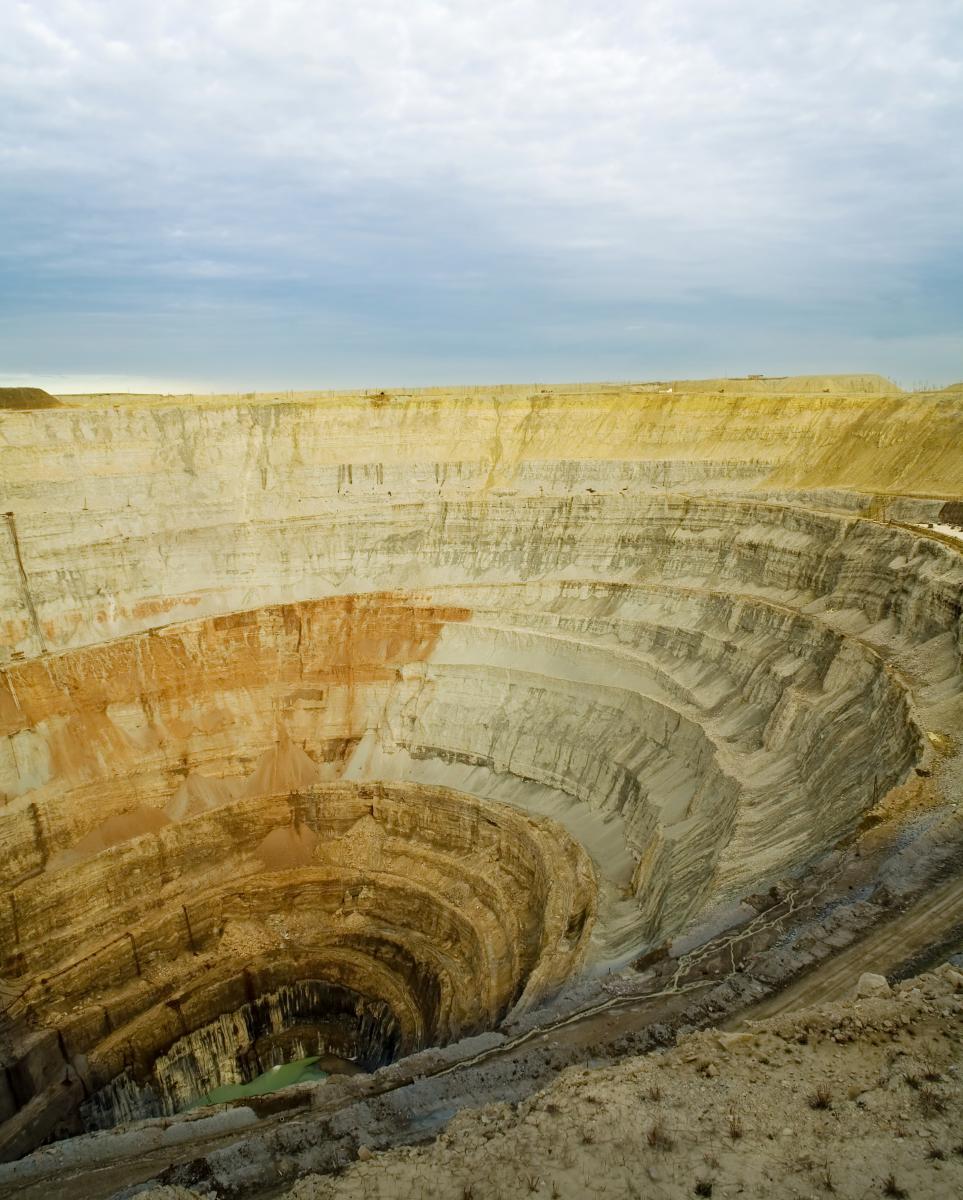 Rare earth elements (rare earths or REE) are a collection of 17 elements vital for a wide range of sustainable energy technologies as well as military applications, cell phones and computers. Their uses in “green” technology range from hybrid/electric cars to efficient light bulbs to large wind turbines. While most rare earth elements are not necessarily rare, minable concentrations are less abundant than many other resources.
Rare earth elements (rare earths or REE) are a collection of 17 elements vital for a wide range of sustainable energy technologies as well as military applications, cell phones and computers. Their uses in “green” technology range from hybrid/electric cars to efficient light bulbs to large wind turbines. While most rare earth elements are not necessarily rare, minable concentrations are less abundant than many other resources.
The supply of rare earths comes almost entirely from China. Currently, China accounts for 93 percent of the world rare earths production and more than 99 percent of some elements such as dysprosium and terbium. In addition, China holds 57 percent of the global reserves of rare earths according to the U.S. Geological Survey.
In the last several years, China has drastically reduced its export of rare earths in order to mitigate domestic issues such as smuggling, illegal mining and environmental damage as well as to meet the increasing Chinese demand for these elements. The current Chinese dominance in REE supply is an important factor to consider as the U.S. energy sector continues to move toward sustainability. The feasibility of any significant shift away from fossil fuels for the U.S. will rely heavily on the importation of rare earths from China.
A Penn State interdisciplinary research group on rare earth elements and sustainability has been formed to focus on the complex issues that surround these elements and their sustainability. The group, led by Andrew Kleit, professor of energy and environmental economics, combines Penn State expertise in mineral engineering, material science, economic and policy analysis, and international politics.
The goal of the Rare Earth Elements Research Group is to examine the issues surrounding these minerals, including the impact of China’s near monopoly on rare earth markets, the future of rare earth markets, and the impact of rare earths on the environment and the development of green technology. The research group applies a variety of approaches including economic and market data analysis, field and case studies with investigations into mining supply possibilities, and international political economy analysis. The results of the group’s research will be used, in part, to make policy recommendations relating to rare earths.
The group held meetings with experts and staffs in the U.S. Congress, Department of Energy, Department of Defense, U.S. Geological Science, and a number of international and industrial groups, during their two-day trip to Washington D.C. in March, 2011. In collaboration with two prominent Chinese Universities in metallurgy and mining, University of Science and Technology Beijing and Jiangxi University of Science and Technology, the group is organizing an International Workshop on Technology and Economics of Rare Earths and Metals in Beijing, China.
The research initiative is supported by a seed grant from The Penn State Institutes of Energy and the Environment (PSIEE). Other members of the research team are Seth Blumsack, assistant professor of energy policy and economics, R.J. Briggs, assistant professor of energy and environmental economics, Jeffrey Brownson, assistant professor of energy and mineral engineering, Zhen Lei, assistant professor of energy and environmental economics, and Antonio Nieto, associate professor of mining engineering, all in the the John and Willie Leone Family Department of Energy and Mineral Engineering.


